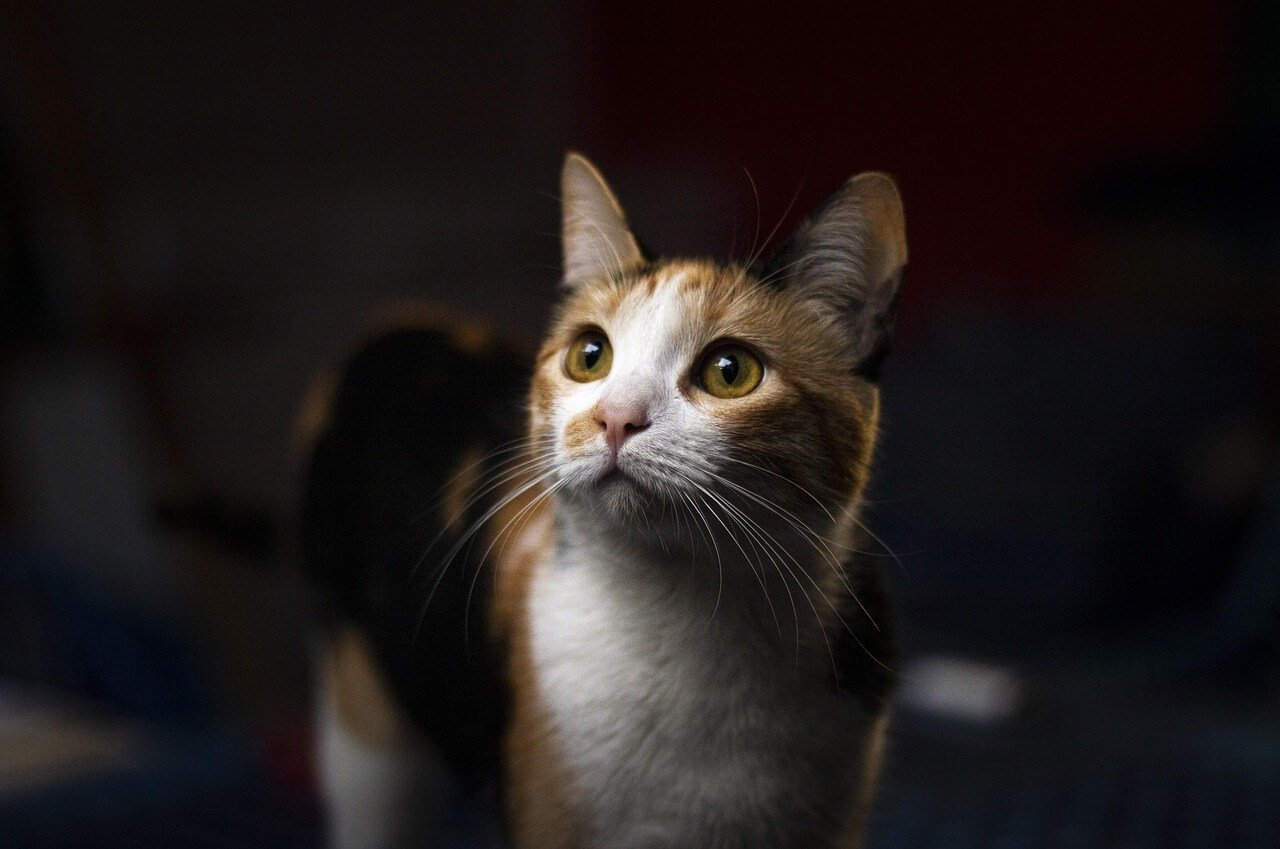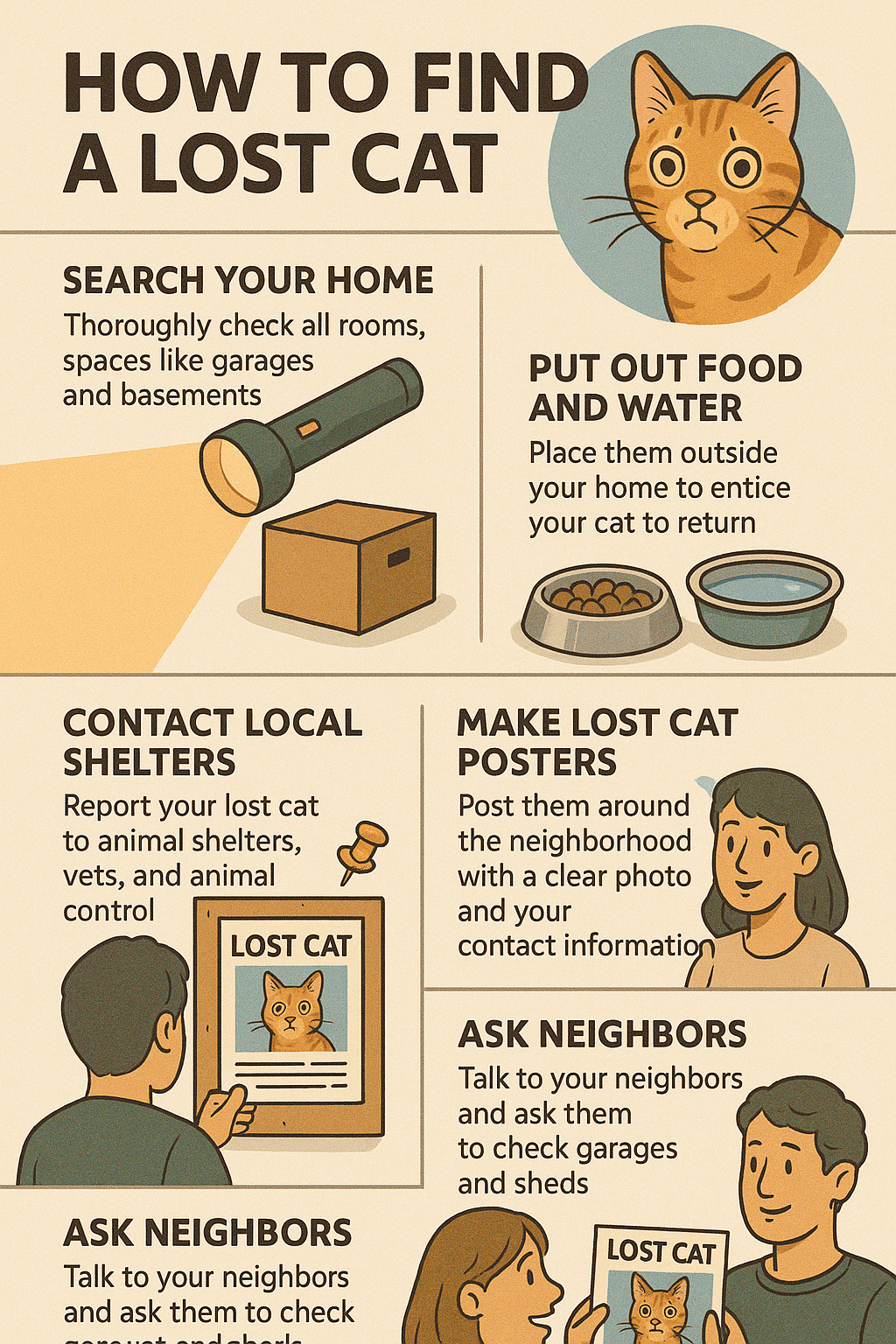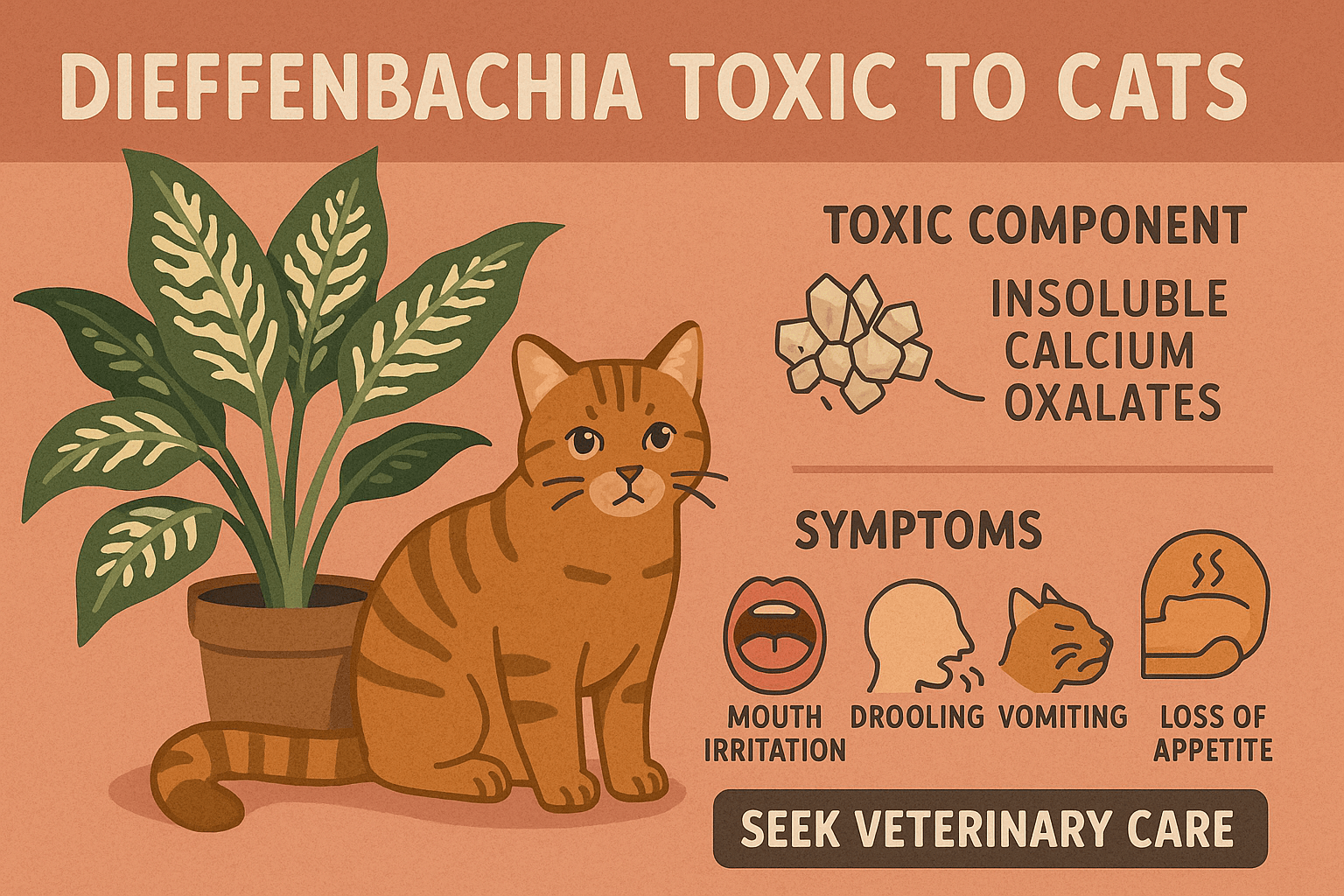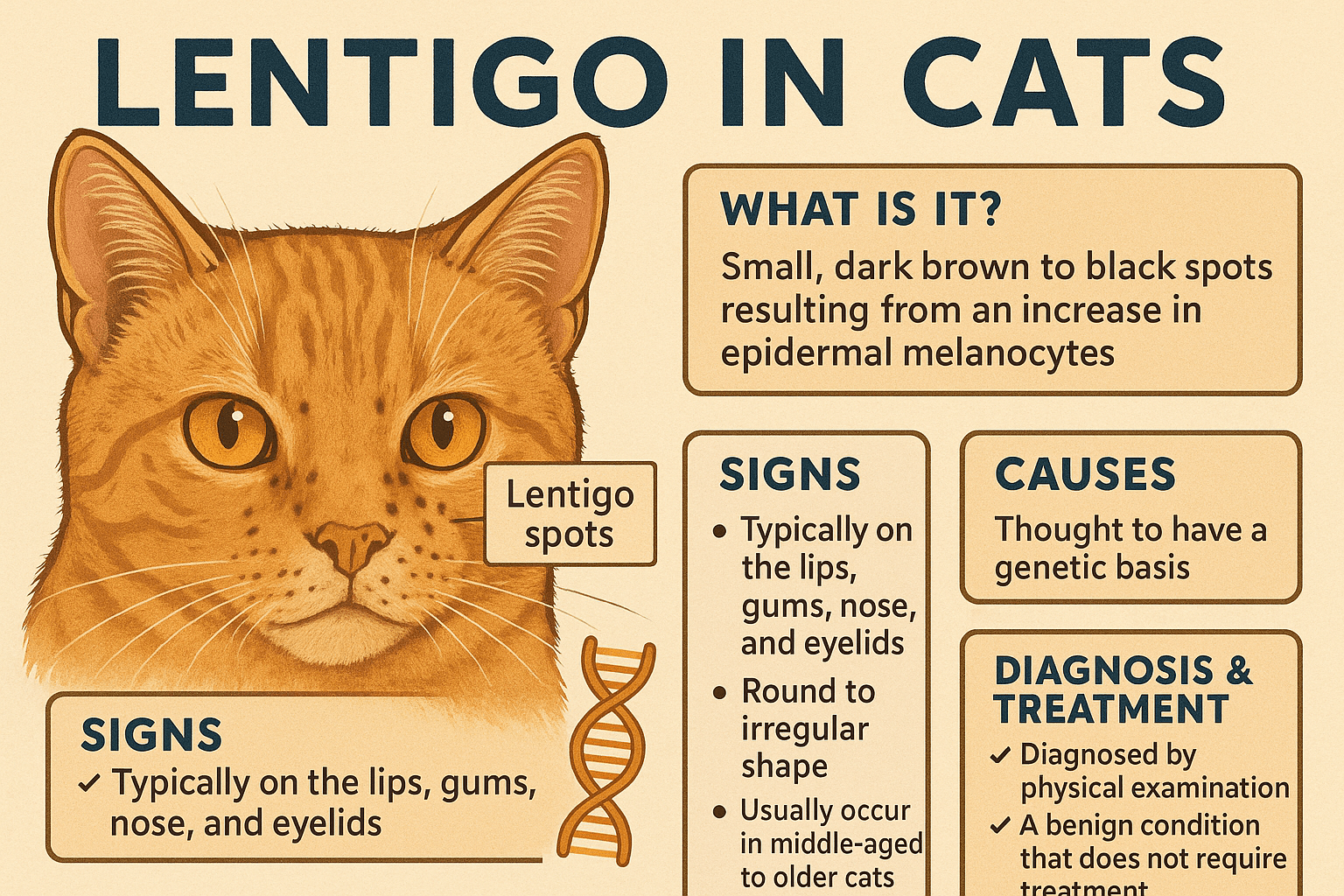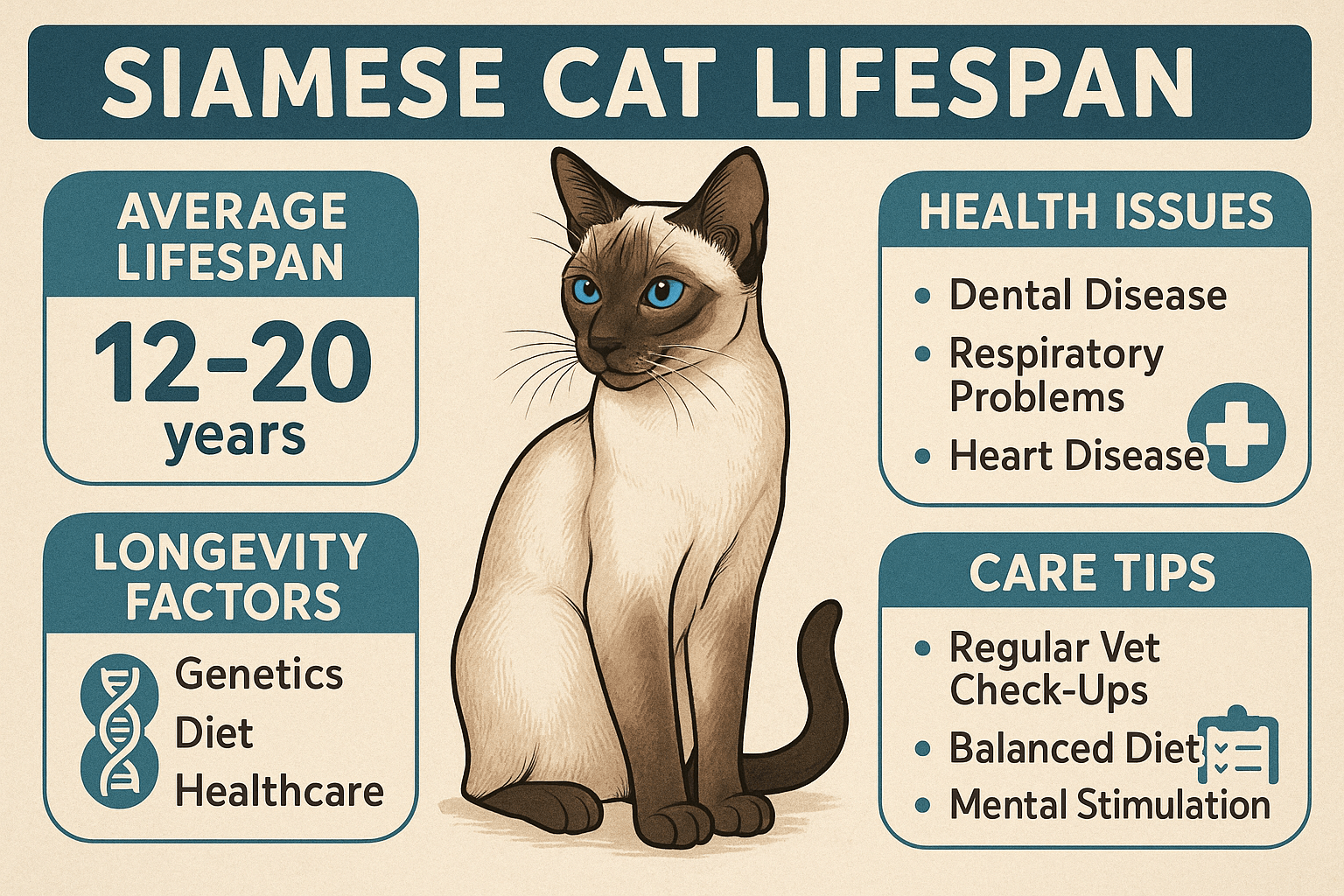Can I Shave My Cat? What You Need to Know Before Picking Up the Clippers
If you’ve ever found yourself staring at your fluffy feline and wondering, “Can I shave my cat?”—you’re not alone. Many pet owners consider shaving their cats for various reasons, whether it’s to help with shedding, manage summer heat, or address matted fur. While it might seem like a practical solution, shaving a cat isn’t as straightforward as it sounds. Cats are unique creatures with specific grooming needs, and understanding the implications of shaving is crucial before making any decisions. In this blog post, we’ll explore everything you need to know about shaving your cat, from why it might be necessary to the potential risks and alternatives.
Why Do People Consider Shaving Their Cats?
Shaving a cat is often seen as a quick fix for certain challenges pet owners face. However, it’s important to understand why people even think about this option in the first place. Below are some common reasons why cat owners contemplate shaving their furry friends.
Excessive Shedding: Cats naturally shed their fur, but some breeds produce more hair than others. Owners may feel overwhelmed by the amount of fur around the house.
Matting Issues: Long-haired cats are prone to matting, which can cause discomfort and even lead to skin infections if left untreated.
Heat Management: During hot summer months, pet owners worry that their cats might overheat due to their thick coats.
Medical Reasons: In some cases, veterinarians recommend shaving cats to treat or manage medical conditions like allergies, wounds, or infections.
Aesthetic Preferences: Some owners simply prefer the look of a shaved cat or believe it makes their pet appear cleaner.
While these reasons might seem valid, it’s essential to weigh the pros and cons before proceeding. Not all cats benefit from being shaved, and in many cases, alternative solutions may be more effective.
Potential Risks of Shaving Your Cat
Shaving your cat might seem harmless, but it comes with its own set of risks. Understanding these potential dangers can help you make an informed decision. Here’s what you need to know:
Skin Sensitivity: Cats have delicate skin that can easily get irritated or cut during the shaving process. This can lead to discomfort or even infections.
Temperature Regulation Issues: A cat’s fur acts as insulation, protecting them from both heat and cold. Shaving removes this natural barrier, leaving them vulnerable to extreme temperatures.
Stress and Anxiety: Cats are creatures of habit, and the shaving process can be incredibly stressful for them. The unfamiliar noise of clippers and the sensation of losing their fur can cause anxiety.
Risk of Injury: If you attempt to shave your cat at home without proper training, there’s a high risk of accidentally injuring your pet.
Slow Regrowth: Unlike dogs, a cat’s fur may take weeks or even months to grow back fully, leaving them exposed for an extended period.
While shaving might seem like a simple solution, these risks highlight the importance of consulting a professional before taking any action.
Check this guide 👉 Why Does My Cat Sit on My Lap Facing Away from Me? Best 7 Tips
Check this guide 👉 Why Is My Cat Sneezing and Have Watery Eyes? Best 7 Tips!
Check this guide 👉 Why Does My Cat Lay on My Clothes? Best 7 Behavior Tips!

Reasons to Avoid Shaving Your Cat | Alternatives to Shaving |
|---|---|
Risk of skin irritation or cuts | Regular brushing to reduce shedding |
Loss of natural temperature regulation | Providing cool spaces during summer |
Increased stress and anxiety | Addressing matting with professional grooming |
Potential for injury during shaving | Consulting a vet for medical concerns |
Slow regrowth of fur | Using de-shedding tools designed for cats |
When Is Shaving a Cat Necessary?
While shaving a cat should generally be avoided, there are specific situations where it might be necessary. These scenarios typically involve health-related issues or veterinary recommendations. Here are some examples:
Severe Matting: If your cat’s fur is so matted that it restricts movement or causes pain, shaving may be the only solution.
Skin Conditions: Certain skin conditions, such as severe allergies or infections, may require shaving to allow for proper treatment.
Post-Surgical Care: After surgery, vets may shave areas of a cat’s fur to ensure cleanliness and monitor healing.
Parasite Infestations: In extreme cases of flea or tick infestations, shaving can help eliminate the pests and prevent further complications.
Obesity or Mobility Issues: Overweight or elderly cats may struggle to groom themselves, leading to hygiene problems that shaving can address.
If you find yourself in one of these situations, always consult a veterinarian or professional groomer to ensure the process is done safely and effectively.
How to Prepare for Shaving (If It’s Necessary)
If shaving is deemed necessary, preparation is key to ensuring the process goes smoothly. Here’s how you can get ready:
Consult a Professional: Schedule an appointment with a vet or groomer who has experience with cats. They’ll know how to handle the situation safely.
Choose the Right Tools: If you’re advised to shave your cat at home, invest in clippers specifically designed for pets. Avoid using human razors or scissors.
Create a Calm Environment: Make sure the space is quiet and free from distractions to minimize your cat’s stress.
Use Positive Reinforcement: Reward your cat with treats and praise throughout the process to help them stay calm.
Monitor for Aftercare: Keep an eye on your cat’s skin after shaving to ensure there are no signs of irritation or infection.
Proper preparation can make a significant difference in ensuring the shaving process is as safe and stress-free as possible for your feline friend.
Benefits of Regular Grooming for Cats
Regular grooming is an essential part of maintaining your cat’s health and happiness. While shaving might seem like a quick fix, consistent grooming offers numerous benefits without the risks associated with shaving. Here are some advantages of making grooming a routine:
Reduces Shedding: Regular brushing helps remove loose fur, minimizing the amount of hair your cat sheds around the house.
Prevents Matting: Brushing distributes natural oils throughout your cat’s coat, reducing the likelihood of tangles and mats forming.
Strengthens Your Bond: Grooming sessions provide an opportunity for quality time with your cat, strengthening your relationship.
Early Detection of Issues: During grooming, you can spot skin abnormalities, fleas, or other potential health concerns early on.
Keeps Their Coat Healthy: Removing dirt and debris ensures your cat’s fur stays shiny and healthy.
By incorporating regular grooming into your routine, you can address many of the issues that might tempt you to shave your cat while keeping them comfortable and content.
Tools Every Cat Owner Should Have
Having the right tools on hand can make grooming your cat much easier and more effective. Investing in high-quality equipment ensures you’re prepared to maintain your cat’s coat without resorting to extreme measures like shaving. Here are some must-have tools for cat owners:
Soft-Bristle Brush: Ideal for short-haired cats, this brush gently removes loose fur and debris.
De-Shedding Tool: Perfect for long-haired breeds, these tools help reduce shedding and prevent matting.
Comb with Wide Teeth: Useful for detangling knots and smoothing out your cat’s fur after brushing.
Nail Clippers: Keeping your cat’s nails trimmed prevents scratching and reduces the risk of injury during grooming.
Grooming Wipes: These wipes are great for cleaning your cat’s paws or face without the need for water.
Equipping yourself with the right tools not only makes grooming easier but also ensures your cat remains comfortable and stress-free during the process.
Signs Your Cat May Need Professional Help
While regular grooming at home is beneficial, there are times when professional intervention is necessary. Recognizing these signs early can prevent further complications and ensure your cat receives the care they need. Here are some indicators that it’s time to consult a vet or professional groomer:
Excessive Matting: If mats are too large or close to the skin, attempting to remove them at home can cause pain or injury.
Bald Patches: Unexplained hair loss could indicate an underlying health issue that requires veterinary attention.
Skin Irritation or Redness: Persistent redness, scabs, or sores may signal allergies, infections, or parasites.
Behavioral Changes: Excessive licking, biting, or scratching could be a sign of discomfort or stress related to their coat.
Difficulty Grooming Themselves: Older cats or those with mobility issues may struggle to groom effectively, requiring professional assistance.
If you notice any of these signs, don’t hesitate to seek professional advice. Early intervention can prevent minor issues from escalating into more serious problems.
FAQ Section
Can I shave my cat at home?
While it’s technically possible, it’s strongly recommended to leave this task to professionals. Cats have sensitive skin, and improper shaving can lead to injuries or stress.
Will my cat’s fur grow back after shaving?
Yes, but it may take several weeks or months. During this time, your cat will be more vulnerable to temperature changes and environmental factors.
How can I prevent matting in my cat’s fur?
Regular brushing is the best way to prevent matting. For long-haired breeds, daily grooming may be necessary.
Does shaving help my cat stay cool in summer?
No, a cat’s fur actually helps regulate their body temperature. Shaving can disrupt this natural process and potentially lead to overheating.
What should I do if my cat has severe matting?
Consult a professional groomer or veterinarian. Attempting to remove mats at home can cause pain and injury to your cat.
Final Thoughts: Prioritize Your Cat’s Well-Being
Shaving your cat is a decision that shouldn’t be taken lightly. While there are rare instances where it might be necessary, the risks often outweigh the benefits. Instead of reaching for the clippers, focus on regular grooming, providing a comfortable environment, and seeking professional advice when needed. Remember, your cat’s fur serves vital functions, from regulating their body temperature to protecting their skin. By prioritizing their well-being and exploring safer alternatives, you can ensure your feline companion stays happy, healthy, and comfortable.
How to Find a Lost Cat: Best 7 Expert Tips! Discover actionable strategies to locate your missing cat, understand their behavior, and prevent future escapes with expert advice.
Is Dieffenbachia Toxic to Cats? Best 7 Expert Tips! Discover the dangers of Dieffenbachia, symptoms of poisoning, and how to keep your cat safe with expert advice and preventive measures.
Lentigo in Cats: Best 7 Expert Tips! Discover expert advice on understanding, identifying, and managing lentigo in cats to ensure your feline's health and happiness.
Siamese Cat Lifespan: Best 7 Expert Tips! Discover how to maximize your Siamese cat’s longevity with expert advice on health, care, and lifestyle for a happy, thriving feline companion.

